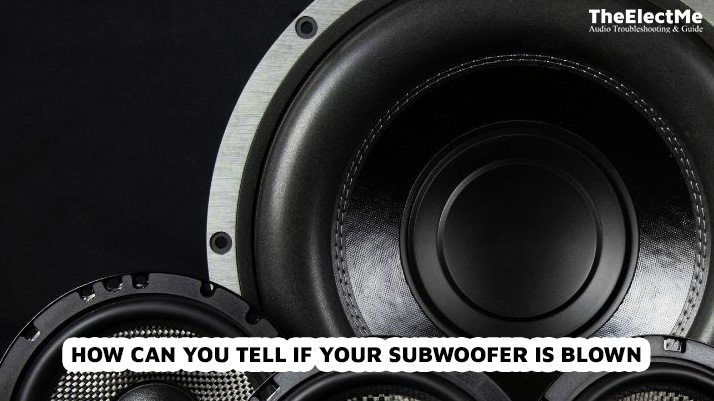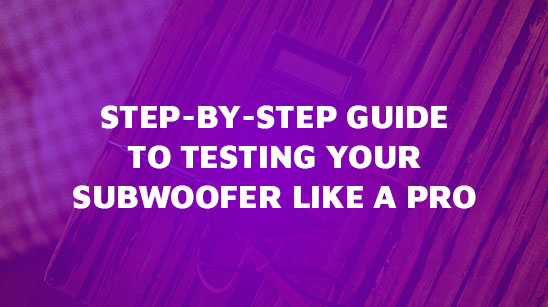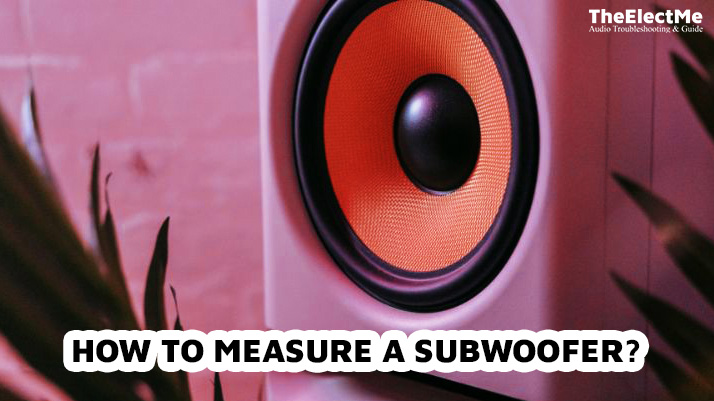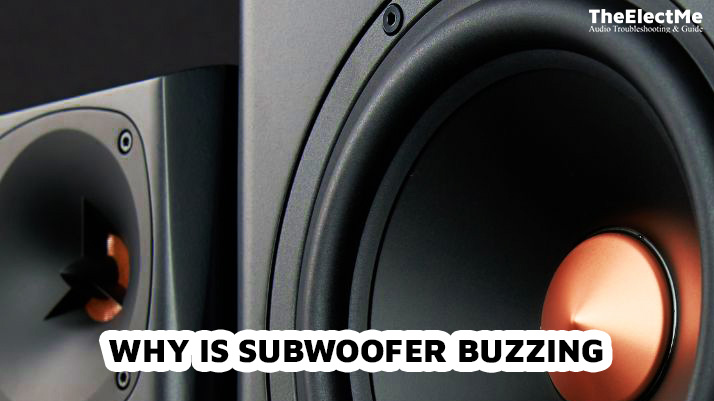Sealed, ported, and bandpass subwoofer boxes are the three main types of subwoofer boxes used to house subwoofers in-car audio systems. Each type has its unique characteristics, advantages, and disadvantages. These boxes can shape the quality of sound your system produces.

The type of box you pick can greatly enhance or diminish your audio experience. It’s not just about holding the subwoofer; it’s about making the bass sound its best. But how to choose the right one for your car audio system? Let’s start with the basics about subwoofer boxes.
What is a Subwoofer Box?
A subwoofer box, or an enclosure or cabinet, is a container where the subwoofer is installed. It’s designed to contain the energy the subwoofer produces and direct it out in a controlled manner. It helps manage vibrations, controls the movement of the subwoofer, and influences the overall sound quality.
Choosing the right subwoofer box is essential for optimal sound quality. Different types of boxes will produce different sound effects.
Some are designed to maximize volume, while others are built to enhance sound clarity. The box’s size, shape, and material can significantly affect the bass’s sound.
A wrong box choice can distort or weaken bass, no matter how good the subwoofer is. Choose the subwoofer box carefully when setting up an audio system, as it greatly affects the listening experience.
Related: How To Measure A Subwoofer?
Let’s move the three different types of subwoofer boxes:
Exploring The 3 Different Types Of Subwoofer Boxes
Have you ever wondered why some subwoofers sound punchy and tight while others are loud but boomy? It all comes down to the type of box they are mounted in. Let’s take a closer look at each type:

Type No.1: Sealed Boxes
Sealed or closed or acoustic suspension boxes provide a simple and highly effective design. These enclosures are completely sealed, providing an air-tight space for the subwoofer.
These subwoofers are made from MDF and excel in small, enclosed spaces due to their strength and acoustic properties.
Pros:
- Sound Quality: They deliver tight, precise bass for music genres that require detailed low-frequency sound.
- Size: Sealed boxes are generally more compact and easier to fit into tighter spaces due to their design.
- Power Handling: They handle power efficiently, which helps protect the subwoofer from being overdriven.
- Durability: The sealed design reduces the chance of damage to the subwoofer as it limits the cone’s movement.
- Simplicity: They are simpler to design and build, making them a good choice for DIY enthusiasts.
Cons:
- Volume: Sealed boxes may provide less volume or raw power than other box types.
- Amplifier Demand: They often require more powerful amplifiers to reach higher volumes due to their air-tight design.

Type No.2: Ported or Vented Boxes
Ported or vented boxes have openings or vents that facilitate air movement in and out of the box. These are typically durable MDF enclosures, providing enhanced durability and acoustic benefits.
This enclosure is perfect for subwoofers designed for larger volumes, excelling in producing loud, deep bass.
Pros:
- Volume: These boxes are known for delivering louder and more resonant bass compared to sealed containers.
- Efficiency: They use the back wave of the speaker cone to increase sound output, making them more efficient at lower frequencies.
- Power Usage: They require less amplifier power to produce high volumes due to their design.
- Deep Bass: If you enjoy music genres with deep bass like hip hop, electronic, or reggae, a ported box can deliver that booming bass.
Cons:
- Size: Ported boxes tend to be larger than their sealed counterparts, which may pose fitting issues in smaller spaces.

Type No.3: Bandpass Boxes
Bandpass boxes are ported enclosures with a unique dual-chamber design, with one sealed and one ported chamber. Sound waves come from the ported side, and the sealed chamber amplifies resonance within a specific frequency range.
Like other types, these boxes are often made from MDF for its durability and superior sound quality. They are best suited for subwoofers that perform well within a narrow frequency range.
Pros:
- Efficiency: These boxes are highly efficient within their tuned frequency range, delivering a powerful bass output.
- Noise Reduction: The design helps reduce distortion and unwanted noise outside the tuned frequency range.
- Distinct Sound: Bandpass boxes produce a unique bass sound different from sealed or ported boxes.
- Protection: The enclosed design offers additional protection for the subwoofer.
- Visual Appeal: Many people find the look of bandpass boxes aesthetically pleasing, especially models with a clear panel showing the subwoofer.
Cons:
- Size: Bandpass boxes are generally larger than sealed and ported boxes due to the dual-chamber design.
- Limited Range: While they excel at tuned frequency, their performance can stay significantly within this range, making them less versatile.
There are three subwoofer boxes, each offering unique features and benefits. Let’s move to the guide on how to choose the right subwoofer box.
Related: Step-By-Step Guide On How To Test Subwoofer Like A Pro
How To Choose The Right Subwoofer Box Without Breaking The Bank?
To choose the right subwoofer box, you need to consider a few crucial factors:
Understanding Your Audio Needs
Choosing the right subwoofer box starts with understanding your audio preferences and needs. Are you a deep, booming bass fan, or prefer a more precise and tight bass response? The type of music you listen to can greatly influence your choice of subwoofer box.
For instance, sealed boxes are ideal for jazz or classical music.
On the other hand, ported or bandpass boxes work well for genres like hip-hop or electronic music.
Matching the Subwoofer with the Box
Matching your subwoofer with the right box type is crucial for optimal performance. Each type of box delivers a different kind of bass response. Sealed boxes offer precise, tight bass, while ported boxes provide louder, deeper bass.
Bandpass boxes are efficient in specific frequency ranges. Always check the manufacturer’s recommendations to see which type of box your subwoofer is designed to work best with.
Considerations for Size and Space
Size and space are important factors to consider when choosing a subwoofer box. You must ensure the box will fit comfortably in your car with little space.
Generally, sealed boxes are more compact, while ported and bandpass boxes tend to be larger. Measure the available space in your car before making a decision.
Budget Considerations
Lastly, consider your budget. The cost of subwoofer boxes can vary widely depending on the type, size, and brand. Opting for the cheapest option may be tempting, but remember that the quality and performance may suffer. The subwoofer also faces the problem of short circuits. How to fix the short circuit in a subwoofer?
Investing in a well-constructed box made from durable, high-quality materials like MDF is worth investing in. Look for a balance between cost and quality to get the best value.
Final Thoughts – Types Of Subwoofer Boxes
To summarize, the three main types of subwoofer boxes are sealed, ported (or vented), and bandpass. Each has unique features and benefits. Choosing the right subwoofer box depends on your audio needs, matching the box with your subwoofer, space considerations, and budget.
Consider these factors carefully to ensure you get the best performance and value from your subwoofer system. Last week, I bought a new subwoofer from the market and chose a sealed box for my car. And I love the precise and tight bass it delivers.
Research and understand your needs before purchasing, no matter which type of subwoofer box you choose. Go and explore the different types and find the one that suits your needs best.



